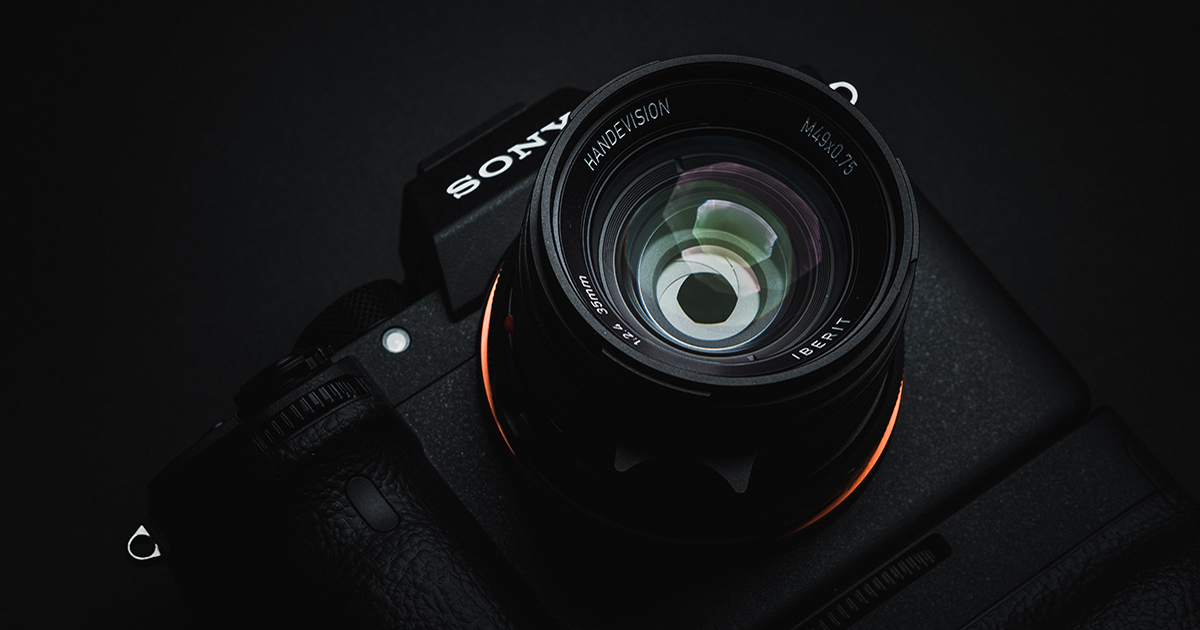unlike the 1DX Mark III that can shoot at 20 fps with a mechanicall shutter - the R5 cannot.
people seem to be keying on the 20 fps when in all practicality, the 12 fps is most likely going to be used most often because of the mechanical shutter.
I don't notice any real problems on the M6 II and that's with 16 fps and 32.5MP. around the same as 12fps and 45mp.
IMO, this issue is overblown.
Granted you have two dissimilar cards and the nonsense dealing with that - but Canon is going to leave some stuff off for the R1. You can't expect everything you dream of on the R5 when Canon has to turn around and try to convince you to get an R1 in a year's time.
A minor detail, but I believe you mean 14 fps on the M6 II.
But, during this discussion I have thought the same thing, that, while lower, the M6 II is ballpark to the same throughput we are talking here. So, I tested this yesterday and just to confirm, a second time just now. At least my M6 II, the buffer fills up at EDIT (just checked spreadsheet before closing it) 1.85 seconds. The frame rate during that time was 12.5 fps yesterday and 13 fps today (rated at 14, but I was above ISO 100, so that may explain it). After that 1.85 second burst, the M6 II then dropped to an average of 2.1 fps for another 18 seconds that I tested. I've actually just ordered a UHS-II card for my M6 II (a benefit of this thread, I hadn't even thought about it and have been using a 95 MB/sec Sandisk Extreme Pro UHS 1 card I have). But, file size was 32.9 MB, so the throughput after the buffer was filled was 69.1 MB/sec, which is about the read speed of the Sandisk.
Applying that to a UHS-II card, it has been observed that the real write speed of the very best cards is 180 MB/sec in the EOS-R.
Canon EOS R SD card speed comparison. Recommended memory cards for the fullframe mirrorless digital camera for fast continuous shooting. Which Secure Digital memory cards to buy for the EOS-R.

www.cameramemoryspeed.com
So, based on science, you know, working, I would assume that with my M6 II could do ~5.5 fps after the buffer fills if I have a UHS II card. Apply this to a Canon camera where file sizes vary with ISO but tend to range from the 1 to 1.5x the resolution, a 45 MP camera would likely have ~45 MB files at low ISO and ~60 MB files at high ISO. So, with UHS II you are looking at 3 - 4 fps with UHS II after the buffer is filled.
So, next, I am waiting to hear how large the buffer is on the R5. If say 10 seconds, I am probably good and do not consider it an issue. If like the M6 II and 1.85 secs...I consider this to be an issue. (EDIT-just checked my 5D4, 2.4 seconds to fill buffer). Point is, if the buffer is as small as other cameras, I will be turning off the SD card any time I want high fps, negating the benefit of a second card slot.
Oh, and for those of you citing Sony....this is one of the top gripes I hear from Sony users, after the buffer fills it takes FOREVER to write all the data to the card.
So, "overblown"...sure, for landscape/portrait photographers. Wildlife/sport photographers who want more than 20MP resolution, I think that is who is evaluating this a bit more critically.


